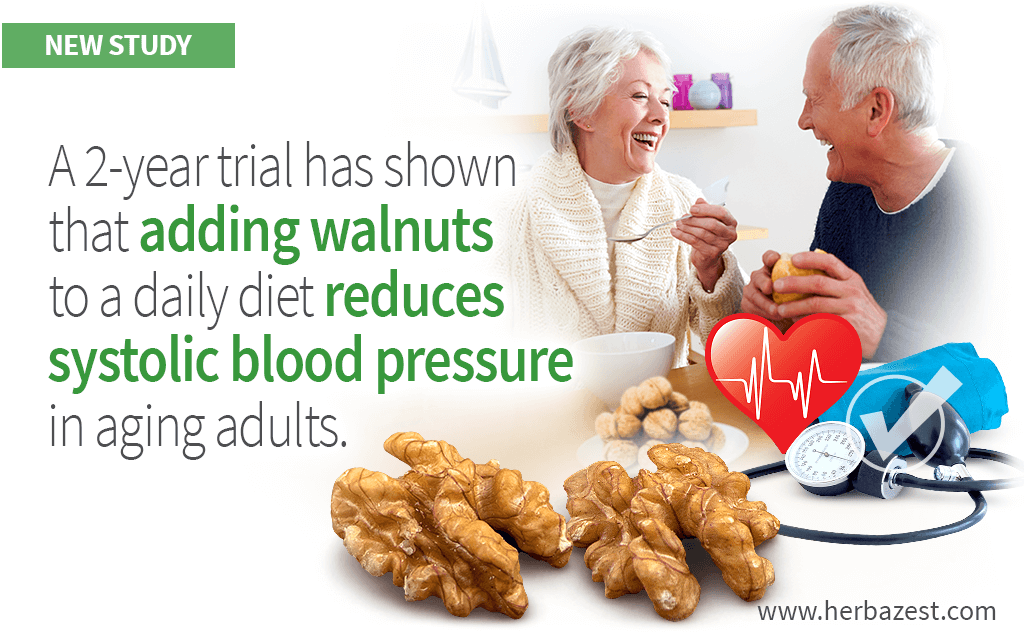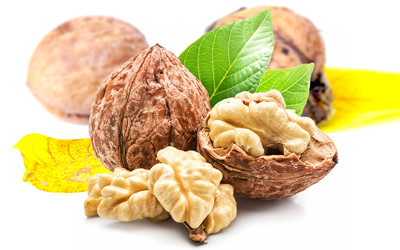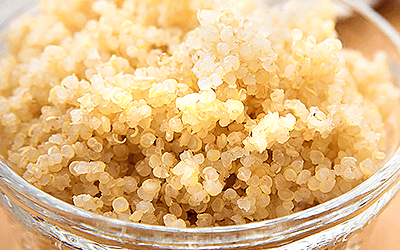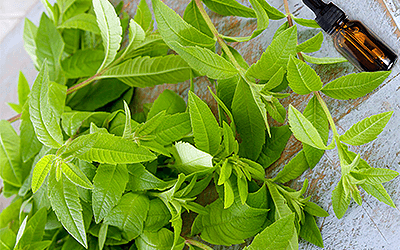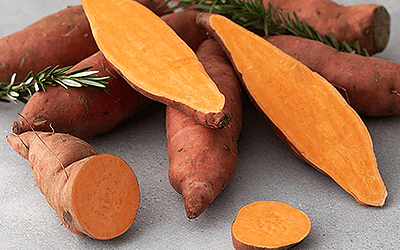High blood pressure (BP), or hypertension, is a recognized risk factor for heart disease and related mortality, especially among the elderly. Besides lifestyle changes, antihypertensive medications are the go-to regimen, which has significant limitations in terms of side effects and efficacy.
Nut consumption has been long found to offer numerous benefits for human health, including lowering cholesterol, decreasing the risk of heart disease, and increasing longevity.1,2 However, studies on the benefits of eating nuts, including walnuts, for BP control are mostly inconclusive.
As such, the purpose of this trial was to examine the benefits of eating walnuts for high blood pressure control in elderly.
The Study
This 2-year randomized clinical trial was part of the Walnut and Healthy Aging (WAHA) study, which was a dual center trial (Hospital Clinic of Barcelona, Spain and Loma Linda University, California, USA), aimed at studying the effects of walnut consumption on various health issues related to aging.
This particular arm of the WAHA study was conducted at the Hospital Clinic of Barcelona, Barcelona, Spain. The results were published in 2019 in the Hypertension journal of the American Heart Association.
Participants were 236 men and women aged 63 to 79. More than half of them (60%) were diagnosed with mild hypertension (office BP <150>
Men and women were randomly assigned to two groups: the walnut group consuming 15% of daily energy as walnuts (30-60 grams of walnuts per day, depending on energy requirements) alongside their regular diet and the control group consuming their regular diet with no walnuts.
Appointments with dietitians were scheduled every two months throughout the 2-year study period. Detailed data on participants' medical history, lifestyle, medication as well as office BP and 24-hour ambulatory BP monitoring was collected at baseline and at two years.
The Results
Researchers observed a significant decrease in systolic blood pressure in the walnut group (-4.61 mmHg) in comparison to the control (-0.59 mmHg) group.
In terms of systolic 24-hour ambulatory BP monitoring, the walnut group showed a decrease by 3.86 mmHg, while the control group's BP decreased by 2.00 mmHg.
Mean 2-year systolic 24-hour BP was lowered by 8.5 mmHg in the walnut group and by 2.5 mmHg in the control group. There were no significant reductions in the diastolic blood pressure in either of the groups.
Additionally, the walnut group showed improved overall blood regulation, requiring lesser amounts of blood pressure medications than the control group. No unwanted weight gain was observed due to walnut consumption.
What Does this Mean?
This study provides high-level scientific evidence that walnut consumption reduces systolic blood pressure in the elderly population.
These findings show that dietary modifications can play an essential in disease control and prevention. They also suggest that walnuts' anti-hypertensive actions make them a worthy addition to a hypertension management plan, helping patients reduce the risks naturally and lower the burden of pharmacological options.
Other herbs with blood pressure-regulating actions include cinnamon, basil, turmeric, and garlic.
Sources
- Hypertension, Effect of a Walnut Diet on Office and 24-Hour Ambulatory Blood Pressure in Elderly Individuals, 2019
- Frontiers in Aging Neuroscience. (2017). The Walnuts and Healthy Aging Study (WAHA): Protocol for a Nutritional Intervention Trial with Walnuts on Brain Aging. Retrieved September 24, 2020 from https://www.ncbi.nlm.nih.gov/pmc/articles/PMC5222811/
Footnotes:
- International Journal of Epidemiology. (2015). Relationship of tree nut, peanut and peanut butter intake with total and cause-specific mortality: a cohort study and meta-analysis. Retrieved September 24, 2020 from https://pubmed.ncbi.nlm.nih.gov/26066329/
- Journal of the American College of Cardiology. (2017). Nut Consumption and risk of Cardiovascular Disease. Retrieved September 24, 2020 from https://www.ncbi.nlm.nih.gov/pmc/articles/PMC5762129/
